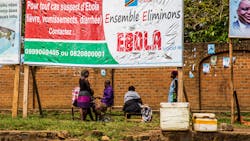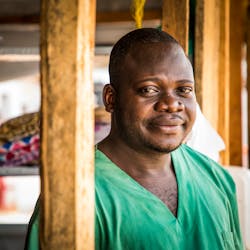Update on Ebola drug trial: Two strong performers identified
The World Health Organization (WHO) has announced that the co-sponsors of the Ebola therapeutics trial in the Democratic Republic of the Congo (DRC) have made progress with two treatments that are giving patients a better chance of survival. Two out of the four drugs being tested are more effective in treating Ebola. Moving forward, these are the only drugs that future patients will be treated with. Details of the changes are available in this WHO/NIAID/INRB release.
The National Institutes of Health reported also that “while the final analysis of the data can occur only after all the data are generated and collected (likely late September/early October 2019), the DSMB and the study leadership felt the preliminary analysis of the existing data was compelling enough to recommend and implement these changes in the trial immediately. The complete results will be submitted for publication in the peer-reviewed medical literature as soon as possible.”
WHO says in addition to researching the best treatments for Ebola, other efforts by team members and partners in the field are also critical in impacting survival rates. Teams of epidemiologists and community members work with communities to identify cases and provide care as quickly as possible. The teams ensure contacts are vaccinated against the disease and that their health is monitored for three weeks. Active case finding, contact tracing, and community acceptance of these teams are vital to ending the outbreak.

